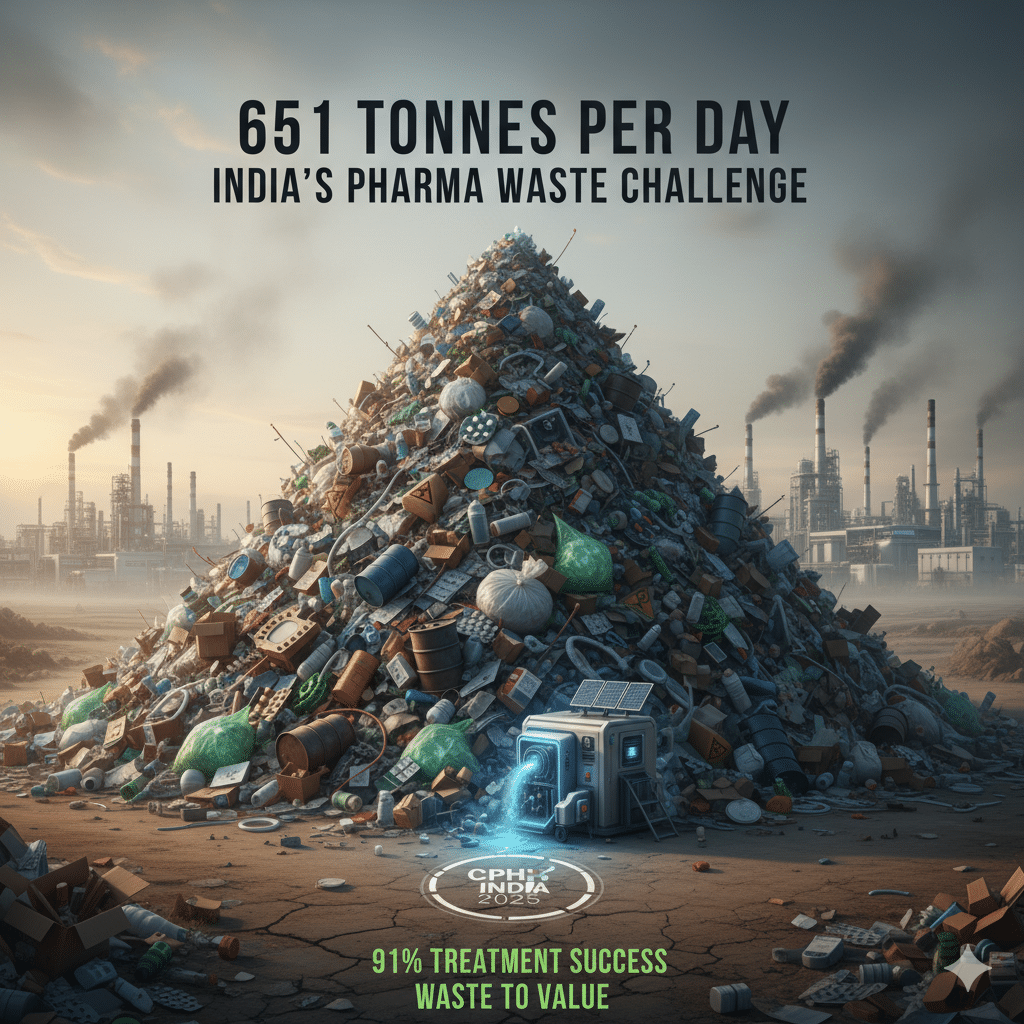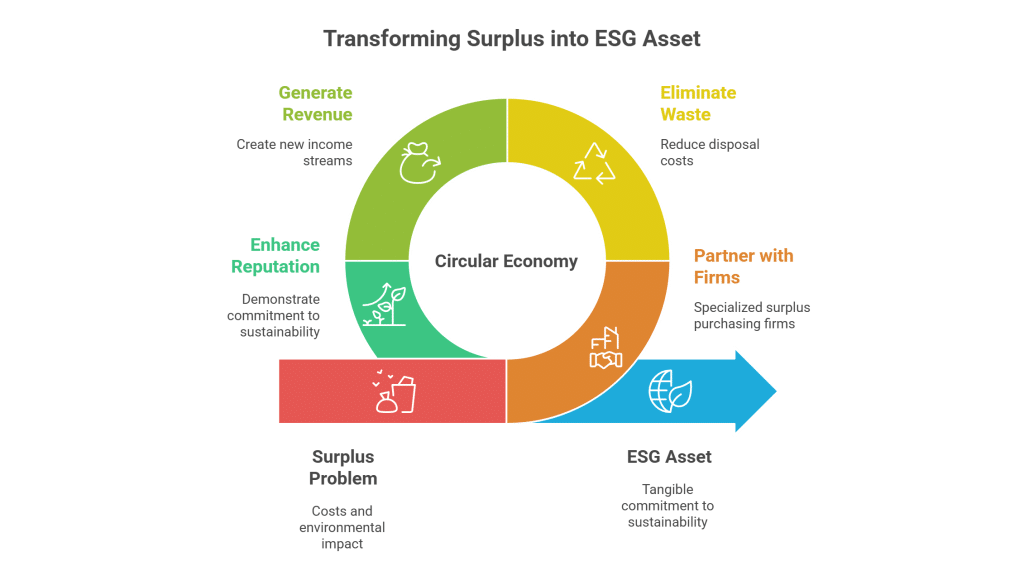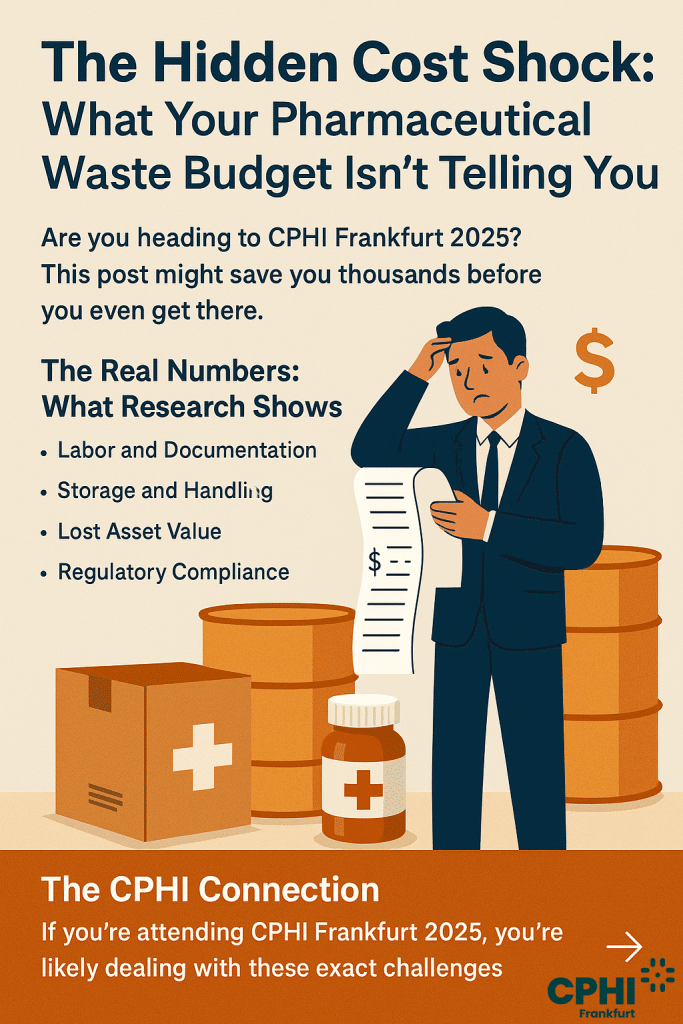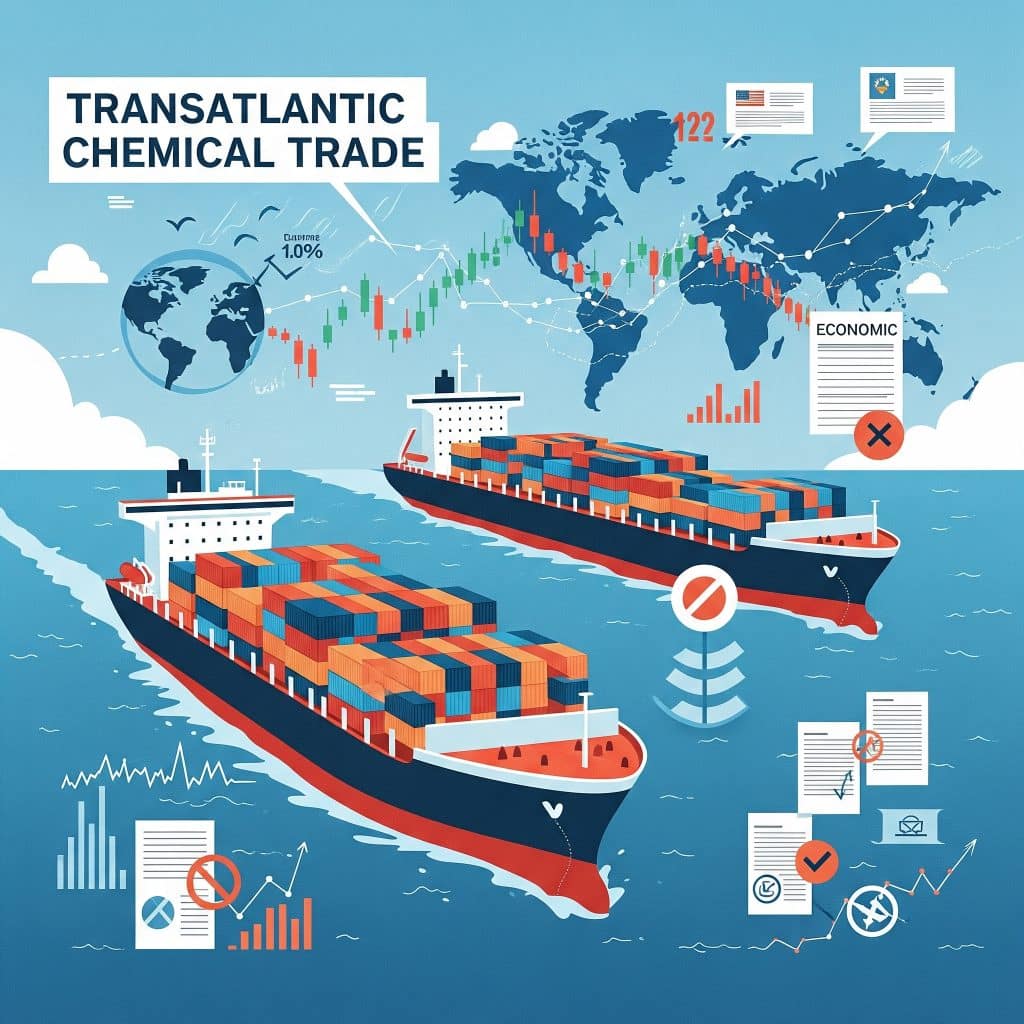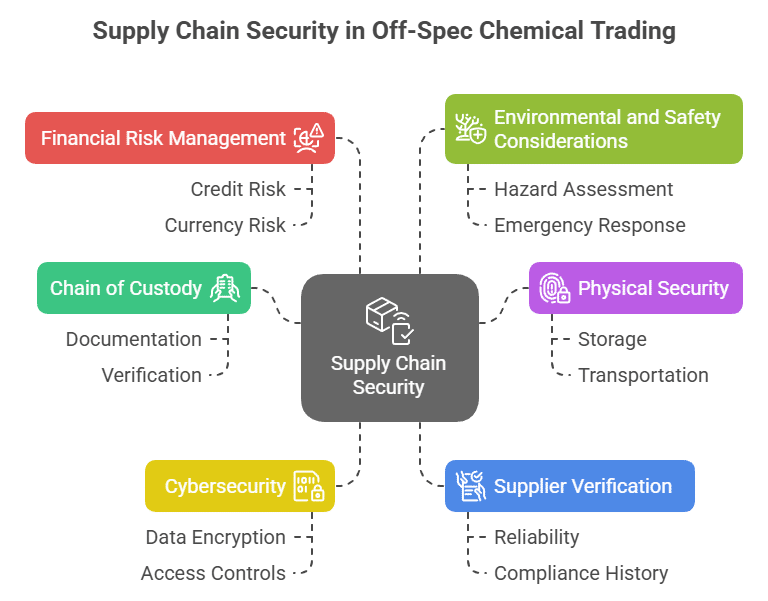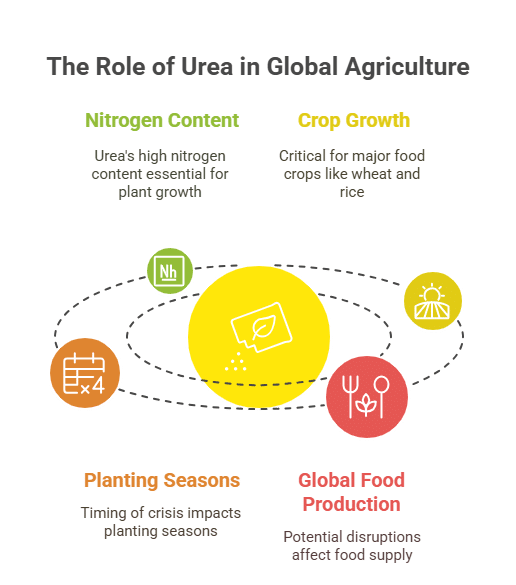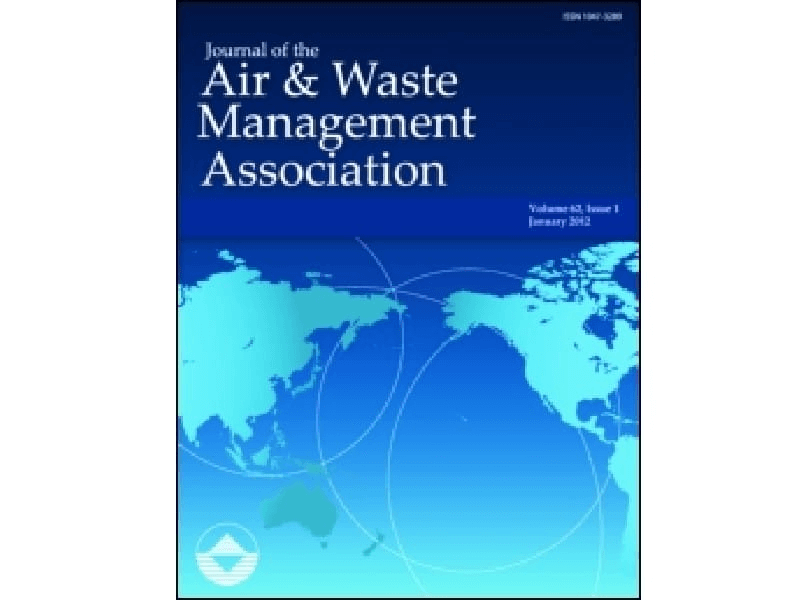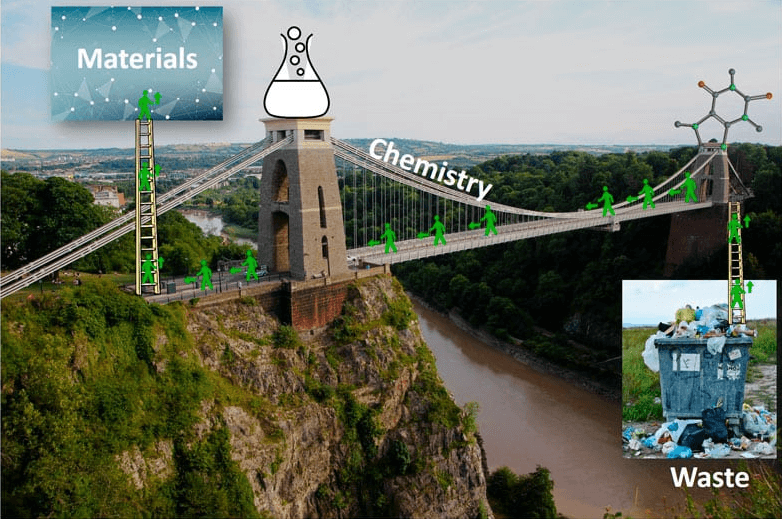Discover the Value of Surplus Polyethylene Glycol (PEG) Inventory
Optimize Your Surplus Chemical Trading: Polyethylene Glycol (PEG) for Cosmetics, Pharma & Industrial Sectors
Polyethylene Glycol (PEG) in the Cosmetics, Pharma & Industrial Sectors
Table of Contents
Turning Surplus PEG Inventory into a Revenue Opportunity
A leading manufacturer in the cosmetics and pharmaceutical industry encountered a challenge with an unexpectedly high surplus of Polyethylene Glycol (PEG) due to a production scale-up. Instead of incurring steep disposal fees and facing storage constraints, the company opted to sell their excess PEG through a surplus trading platform. This decision not only allowed them to free up significant warehouse space but also provided an immediate cash influx that helped offset production costs. The surplus PEG was quickly absorbed by buyers in need of high-quality raw materials, thereby ensuring continuous production and supply chain fluidity. This case study underscores the strategic advantage of transforming surplus stocks into profitable assets while contributing to sustainable practices.



